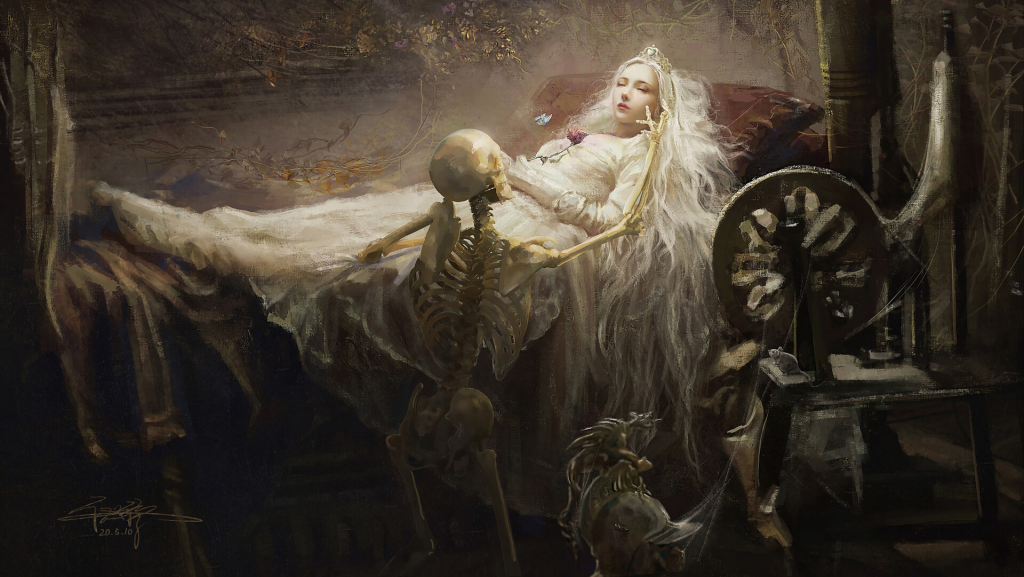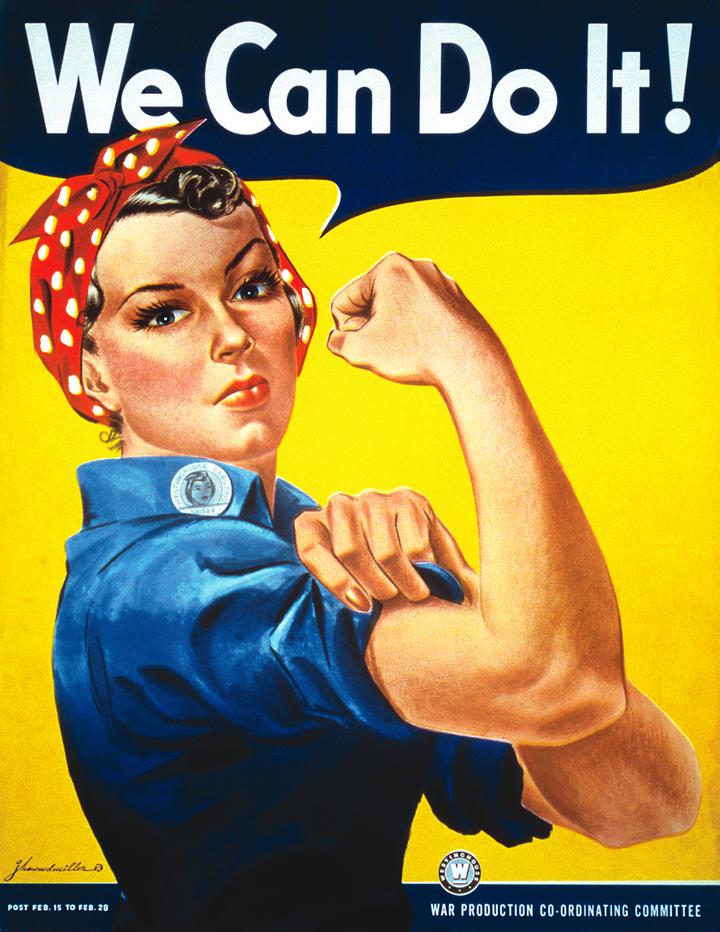There is a natural way of things in the world, even when magic was real and fairy godmothers roamed the land. The natural way is change. Decomposition. It happens to us all, one day.
In some way or another, at least.
There is one woman who does not follow the natural way of things. Not like everyone else does, at least.
You can still find her. You find her when you’re at your lowest, when you wander with no destination. You find her when you pick the darker path, when you walk until your senses scream at you to turn around. You find her when you push your way through the brambles, skin torn by thorns, called forth by something you do not understand.
Her skin was once beautiful.
It chafes against the sharp edges of her bones like a tarp stretched over a frame. Her cheeks flutter in the breeze like curtains.
Her chest rises and falls, but it is not with breath. It is with necessity.
The worst of it is her eyes. They have long since lost the strength to stay closed. And why should they? That was never part of the curse. So she stares with what looks like eyes. They should be eyes. They were once eyes. Eyes that might have even been blue long ago, but are no longer.
She smiles.
Bares her teeth.
With what should be lips.
And littered at her bedside, for all these years …
It is at this point that you realize that Sleeping Beauty was never cursed. The curse was really for the poor souls that tried to kiss her. Like in the old fairy tales.
Curses last a long time.




